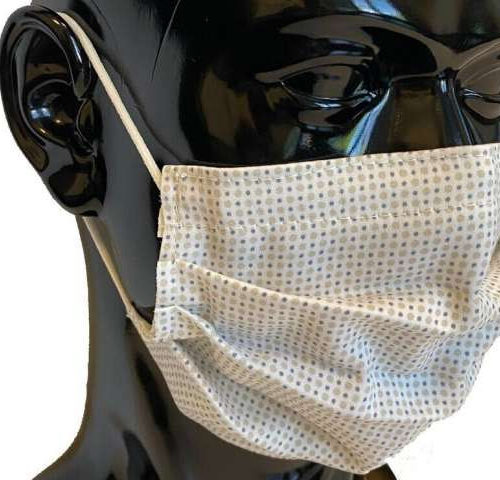by University of North Carolina Health Care Hepatitus A virus particles (pink) trapped in lysosomes (yellow intracellular organelles), unable to initiate replication in the cytoplasm of cells due to UCGC enzyme being knocked out. Credit: Maryna Kapustina, PhD, UNC School of Medicine How hepatitis A virus (HAV) manages to enter liver cells called hepatocytes and...
Category: <span>Virology</span>
Analysis of COVID-19 autopsies reveals many new details about this disease
by The Mount Sinai Hospital Pathologists at The Mount Sinai Hospital, at the epicenter of the COVID-19 global pandemic, have prepared one of the largest, most comprehensive analysis of autopsies of COVID-19 victims to date, revealing many complex new details about the disease. The analysis was released on the preprint server MedRxiv. “An essential contribution...
COVID-19 causes pulmonary arterial thrombosis and damages other organs as well as the lungs
by Mag. Johannes Angerer, Medical University of Vienna COVID-19, the disease caused by SARS-CoV-2, not only may lead to severe pneumonia but also to thrombosis in the lungs and, subsequently, to multi organ failure involving kidneys, liver and pancreas. These are the findings of a first major series of autopsies in Austria, conducted as part...
Continuously active surface disinfectants may provide additional barrier against the spread of viruses
by Rosemary Brandt, University of Arizona In the battle to slow or prevent the transmission of viruses, such as the novel coronavirus, continuously active disinfectants could provide a new line of defense, according to a recent University of Arizona study released on the health sciences preprint server MedRxiv. While disinfecting high-contact surfaces is an important...
Antibody neutralizes SARS and COVID-19 coronaviruses
The neutralizing antibody, called S309, is on an accelerated path toward clinical trials. An antibody first identified in a blood sample from a patient who recovered from Severe Acute Respiratory Syndrome in 2003 inhibits related coronaviruses, including the cause of COVID-19. The antibody, called S309, is now on a fast-track development and testing path at...
Potential new treatment approach to fatal COVID-19
By Sally Robertson, B.Sc Researchers from the University of Colorado Anschutz Medical Campus and Pathways Bioscience in the United States have found that activating a transcription factor involved in oxidative stress regulation, antiviral activity, and inflammation may serve as a new treatment approach to coronavirus disease 2019 (COVID-19). The scientists propose that the antiviral and...
X-ray experiments zero in on COVID-19 antibodies
As scientists across the globe race to develop a vaccine against SARS-CoV-2, the coronavirus that causes COVID-19, an international team led by Davide Corti at Vir Biotechnology and David Veesler at the University of Washington has been working around the clock on a complementary approach – identifying neutralizing antibodies that could be used as a...
Research shows electroceutical fabric eradicates coronaviruses on contact
by Nicole Wilkins, Indiana University The electroceutical technology offers clinicians a non-antibiotic solution for infection risk reduction and potentially increases its value for use in face masks and possibly other surface treatments. Credit: Chandan Sen With the number of novel coronavirus infections at 4 million and growing as of May 10, use of personal protective...
Researchers may have uncovered the Achilles heel of viruses
A new research study headed by Aarhus University in Denmark identifies how viruses avoid the body’s immune system and cause infections and diseases. Viruses have an exceptional ability to circumvent the body’s immune system and cause diseases. The majority of people recover from a viral infection such as influenza, although the current COVID-19 pandemic demonstrates...
COVID-19 PUTS KIDS AT GREATER RISK THAN WE THOUGHT
Children, teens, and young adults have a greater risk for severe complications from COVID-19 than previously thought, a new study shows. The study, the first to describe the characteristics of seriously ill pediatric COVID-19 patients in North America, also shows kids with underlying health conditions have an even greater risk. “The idea that COVID-19 is...








